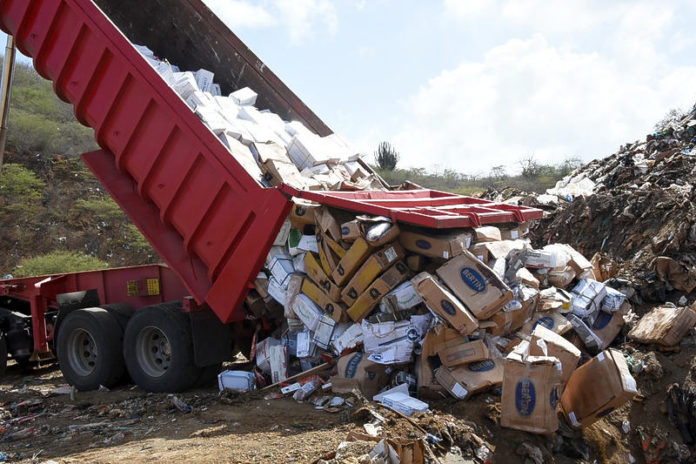WILLEMSTAD – The idea of a waste-to-energy plant on Curaçao that burns waste to generate electricity remains out of reach, at least for the foreseeable future. According to John Amarica from the waste management company Selikor, studies have shown that such an installation near the Malpais landfill would be financially unviable.
In a presentation as part of a new awareness campaign, Amarica explained that the costs to make such a plant operational are disproportionate to what Aqualectra, the island’s energy provider, currently pays for electricity production. He highlighted that Aqualectra would have to pay nearly 0.80 cents per kilowatt-hour for electricity from a waste incineration plant, while electricity from wind turbines costs just 0.22 cents per kilowatt-hour. This means waste incineration would be nearly four times as expensive.
Although the concept of generating energy from waste has been discussed for years, Amarica emphasized that the investments and operational costs for such a plant are simply too high. Selikor also explored the possibility of building a large-scale waste separation and recycling facility, potentially in a central location. However, that plan too was found to be both complex and costly.
Amarica stressed that if the community truly wants to contribute to sustainable energy, improved waste management must come first. Currently, all waste is mixed together in landfills, making recycling nearly impossible. He argued that source separation is crucial to make profitable initiatives viable in the future.
Another concern is the current government policy that allows citizens to dispose of waste free of charge at the landfill. Although there have been no formal complaints about this, the policy is putting significant pressure on the Malpais landfill’s facilities. According to Selikor, waste volumes have increased by 80 percent in the last three months compared to all of 2024. If this trend continues, the landfill, which currently has a lifespan of 10 to 15 years, could reach capacity much sooner—possibly in just five years—if no recycling or separation measures are implemented.
Amarica suggested that effective waste management could start by separately collecting construction waste, ensuring it is not mixed with other materials like wood, gravel, or household waste. Mixing waste in this way makes recycling nearly impossible. He gave the example of the Plaza Hotel project, where demolished concrete can be reused. While some companies are already working on this, Amarica believes that with a more structured waste management approach, the process could become more efficient and profitable.
Finally, Amarica pointed out that some waste streams are economically viable on their own, such as metals, construction debris, and electronic waste. Additionally, there are local organizations involved in the recycling and sale of materials like glass, plastic, cardboard, and aluminum. These efforts could contribute to a more sustainable and financially sound approach to waste management on the island.
